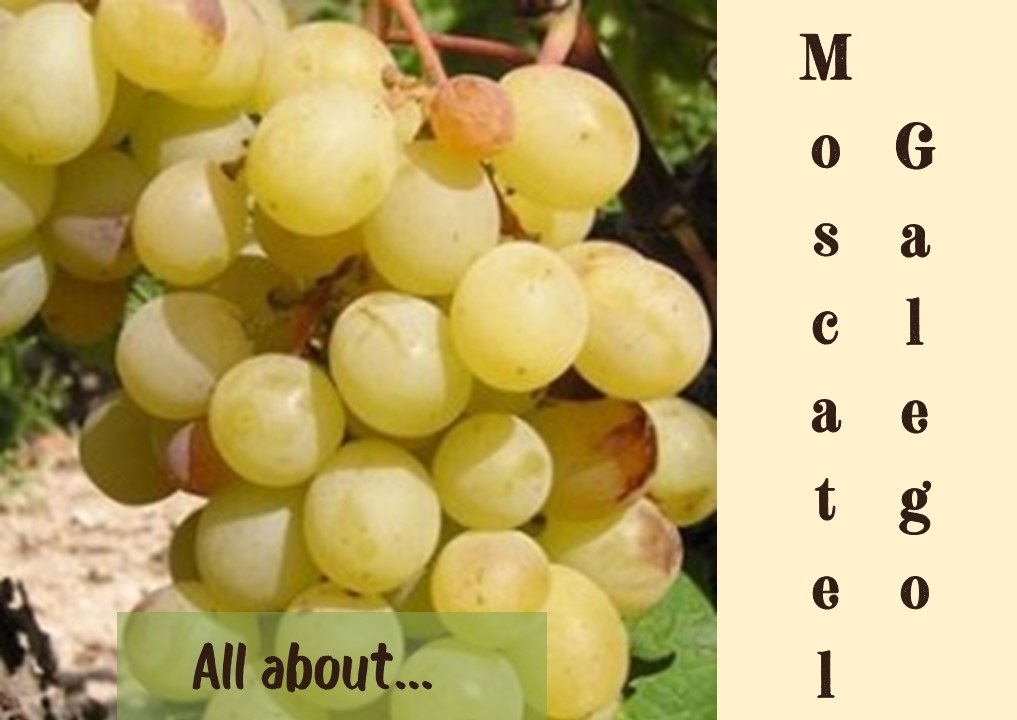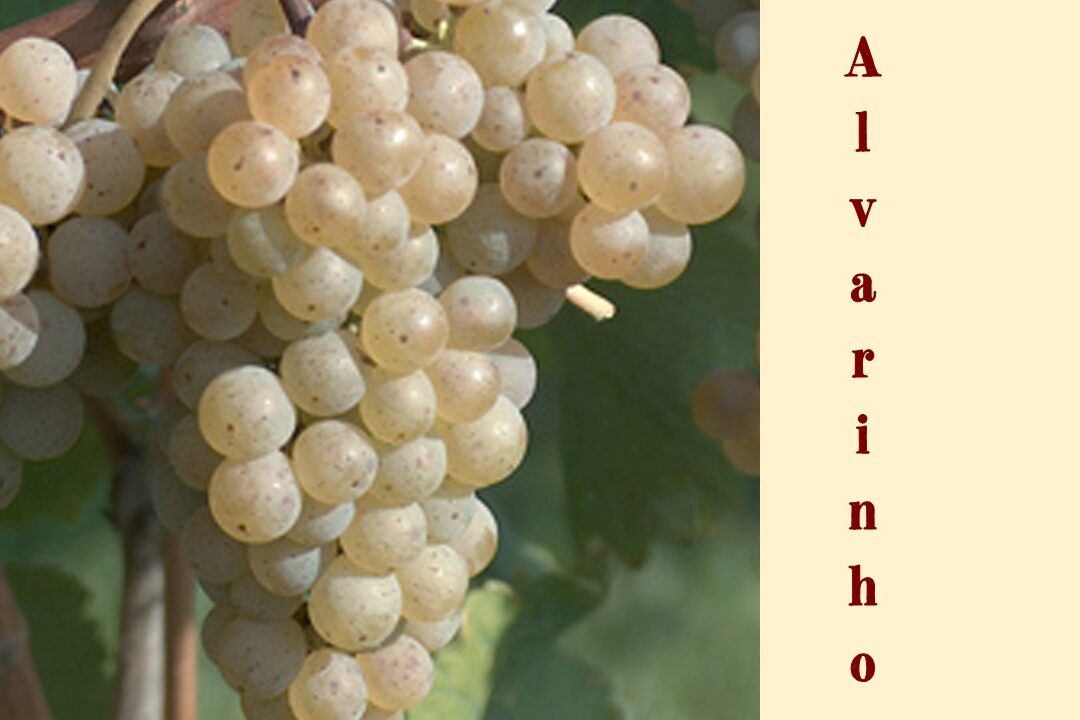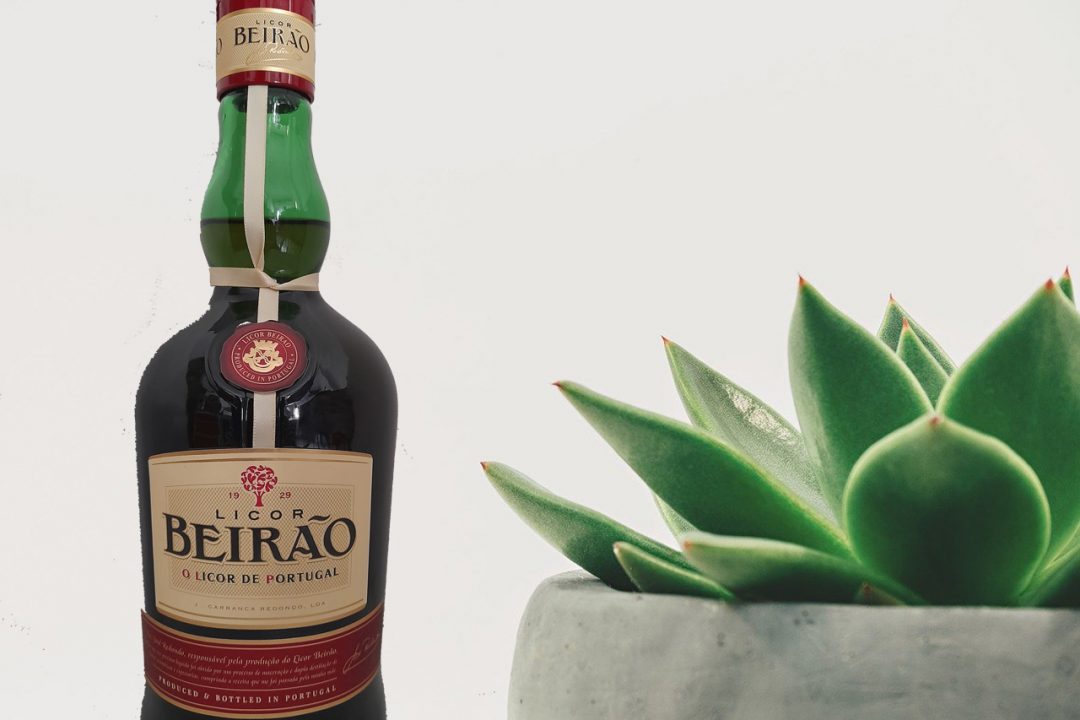Two regions of Portugal are famous for the fortified Moscatel: the Douro and the Setúbal Península.
Moscatel is a particularly aromatic white variety, with floral, citrus and grape aromas. It is the name given to a group of very sweet grape varieties. It reaches high sugar levels when matured and is ideal for making fortified wines.
The skins of Moscatel grapes are very rich in flavor, being kept present during fermentation. When the wine reaches the indicated degree of sweetness, grape brandy is added. The wine is then left with the skins for three months or more, to better absorb the flavor before aging for at least 18 months in large wooden barrels.
Various still and sparkling wines are produced from Moscatel grapes, always having the sweetness.
The Moscatel family vines probably the oldest known to man. It is suspected that they were spread by the Phoenicians, Greeks and Romans, throughout Europe (Portugal, Spain, France, Germany, Italy and Greece). They have undergone many transformations over the centuries and today.

Moscatel has numerous variants worldwide. Two of the main types are produced in Portugal, one known locally as Moscatel de Setúbal (whose international name is Moscatel de Alexandria), and the other one is the Moscatel Galego Branco (alias Muscat Blanc à Petits Grains), which is found in the Douro, recognized worldwide as the most elegant and fragrant type from the family – although elegance also depends on the location and management of the vineyard, and where and how the wine is made.
Setúbal also has a small part of what is thought to be a mutation of Moscatel Galego Branco, which is the Moscatel Roxo.
The Douro has a Protected Designation of Origin also for fortified sweet Muscat: Moscatel do Douro.
The Moscatel Galego Branco vine can be found throughout the demarcated Douro region, but particularly around the cities of Alijó and Favaios, at a high level of altitude, at the northern end of the central heart of the Douro, Cima Corgo. Most of the Moscatel do Douro DOP comes from Favaios.
Its synonyms: Moscatel Branco, Moscatel do Douro.
Its current wine-growing areas: in Portugal 500 ha., in Spain 1,018 ha.
Moscatel Galego (also used to intensify the aroma of white Ports) is capable of making particularly interesting and complex fortified Moscatel wines. The Moscatel do Douro must contain a minimum of 85% Moscatel and at least 16.5º of alcohol. These wines tend to have a good balance of acidity, floral, citrus aromas and orange or tangerine peel, apricot and butter flavor, acquiring intense traces of dried fruit aroma as long as they remain aging in the wood. The minimum time in wood is 18 months, but most stay a little longer, while some Muscat wines from the Douro are aged for 10 or 20 years, being occasionally bottled as “Colheita”, with the respective harvest indicated on the bottle.

The Moscatel Galego grape variety requires a lot of care. When well cared for it generates unique generous Moscatel wines. The probable alcohol content of the must is high, due to its early maturation, good acidity and intense flavor. It has good potential for elementary and aging wines, especially in fortified wines. The flavor presents the classic aromas – Moscatel, which allows identification even in lots of regional wine.
The Moscatel do Douro wines go well with desserts and, when consumed chilly, they are refreshing and also as a good aperitif.
Would you like to taste it?






No Comments Found